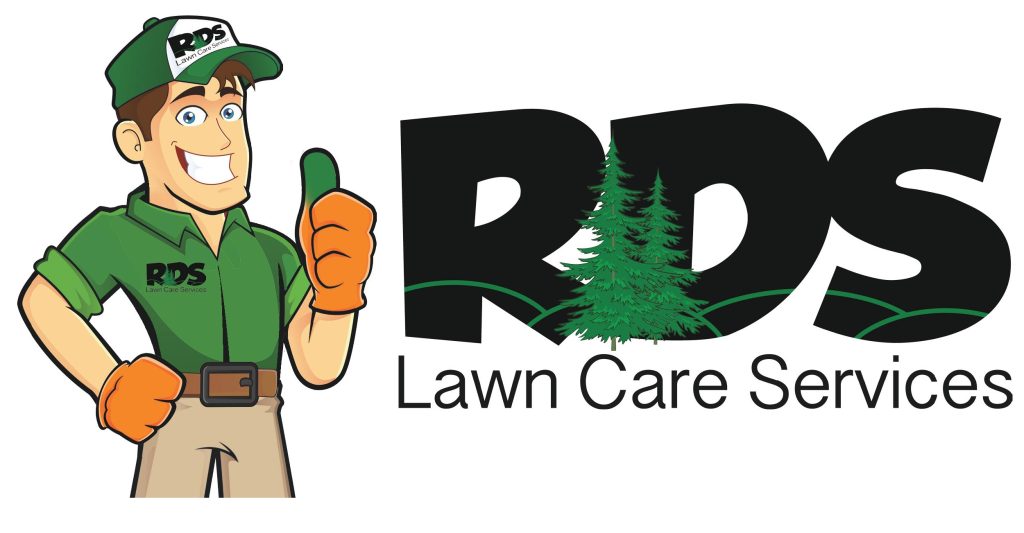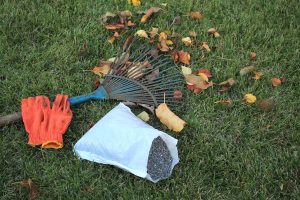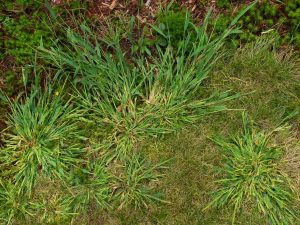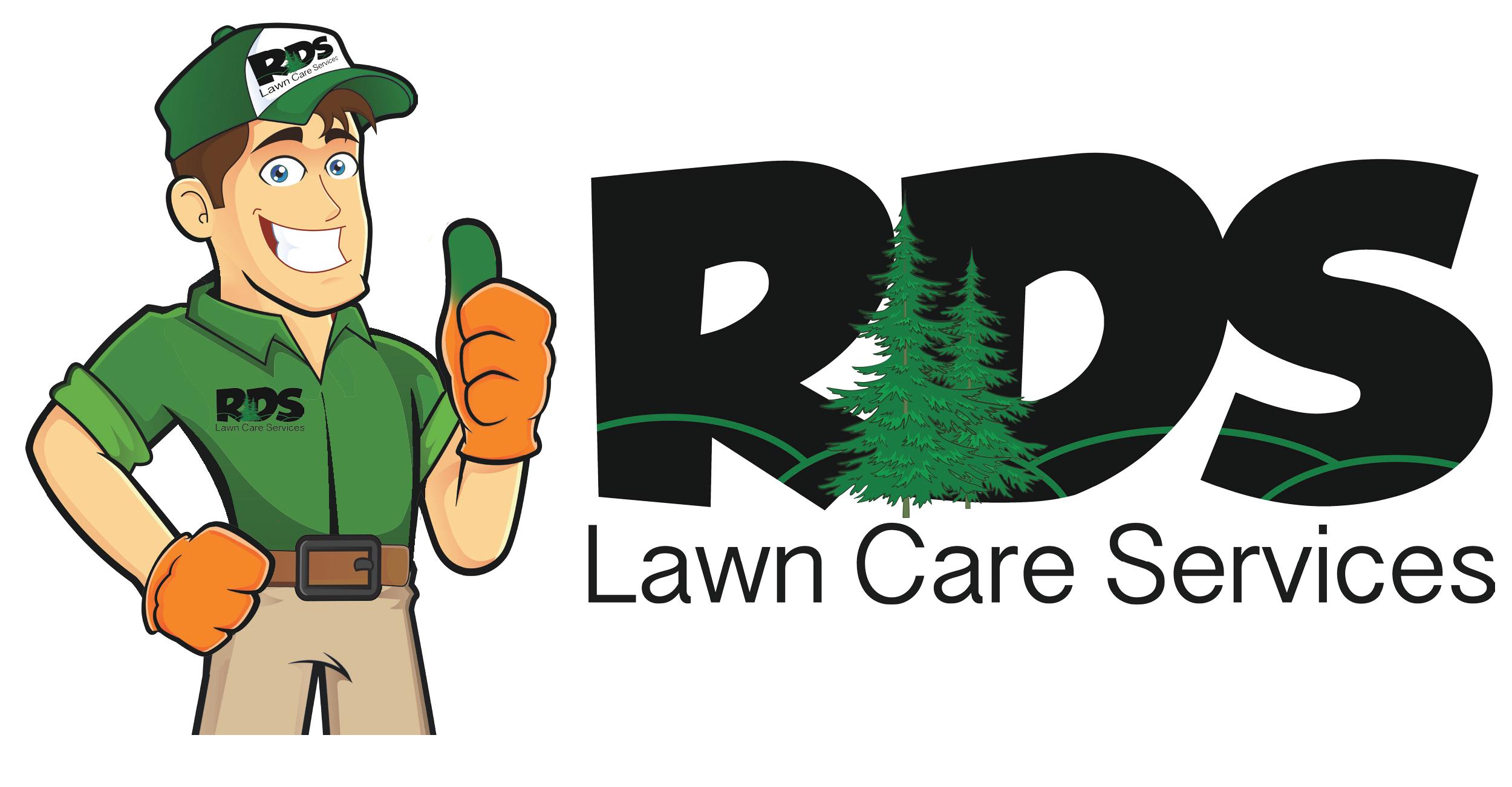Broadleaf weeds are one of the most common types of weeds found in lawns and gardens. They are less difficult to spot once you know what to look for in your yard, but an invasion can easily go undetected if you don’t! While broadleaf weeds may seem like a minor nuisance at first glance, they will wreak havoc on your grass and plants if you choose to ignore them. RDS Lawn Care has assembled this guide to broadleaf weeds so you can keep your Carolina lawn looking its best all year long! Read on to learn more, and check out our guide to lawn weeds in North Carolina for even more info!
Are Broadleaf Weeds Bad?
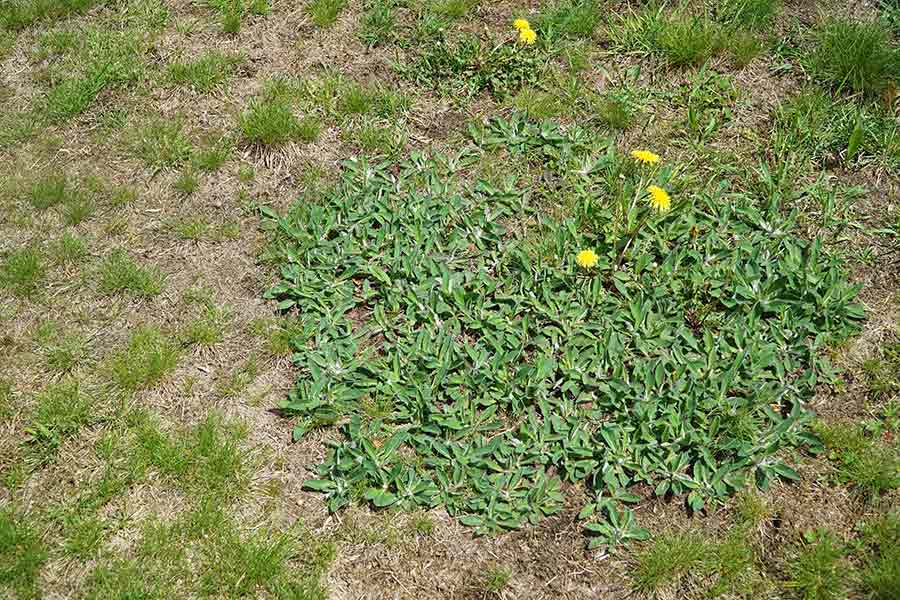
Yes. Broadleaf weeds are terrible for the health and appearance of your lawn. These weeds can quickly spread and choke out grass, flowers, and other plants. They also take away valuable resources from the surrounding soil that could be used to nourish your lawn. The often-complex and invasive roots of broadleaf weeds tend to get first access to nutrients in the soil, as well as any nutrients from fertilizers that are applied. As the roots of these weeds absorb all the moisture and resources available, your lawn will struggle to get what it needs to thrive. Essentially, your lawn and/or garden will become dehydrated and starved if broadleaf weeds are ignored, leading to unsightly patches of thin turf all over your yard.
What Do Broadleaf Weeds Look Like?

As you probably guessed from the name, broadleaf weeds have wide and flat leaves that are usually wider than those of healthy grass blades in your lawn. Broadleaf weeds also tend to be larger in overall size than their grassy counterparts, and they have visible stems growing out of the center. These stems can range anywhere from a few centimeters off the ground to several feet in height. Perhaps the most noticeable traits of broadleaf weeds are the different types of flowers and seed heads that pop up in an otherwise-green lawn. Though these flowers can be difficult to spot in a garden, they stick out much more prominently when surrounded by only turfgrass (think dandelions and clovers).
The shape and size of broadleaf will vary depending on the weed species, but you can use these characteristics to help identify most broadleaf weeds in your yard:
- Leaves are known for their net-like veins and flat, wide blades that are often serrated or lobed.
- Stems are typically slender and long, and many broadleaf weeds spread by stolons that crawl across the top of your soil.
- Root systems often contain central taproot, fibrous roots and rhizomes near the soil surface, or a combination of both.
- Flowers may be produced singularly, or they may be produced in clusters at the ends of stems.
- Seed heads are typically (but not always) delicate and cotton- or oat-like in appearance, emerging after flowers bloom and fully mature.
- They are dicots that have paired cotyledons, which are two seed leaves that usually appear during germination.
Where Do Broadleaf Weeds Grow?

Climates with warm, muggy summers (like here in the Carolinas) are perfect for broadleaf weeds, but you can find them in every part of the country. Many lawn weeds love an overabundance of sunlight, but they can also survive in cooler, shaded areas. Broadleaf weeds are known for popping up in areas where healthy vegetation struggles, which is why already-struggling lawns are so vulnerable. This is also why broadleaf weeds are so commonly seen along highways, between cracks in pavement, in abandoned lots, and any other location with disturbed soil that is inhospitable to other types of plants.
Additionally, lawns and gardens struggle to grow when there is too much moisture and/or nitrogen in the soil, but these are perfect environments for broadleaf weeds. Not paying careful attention to your lawn care routines could be an open invitation for these pesky plants to invade!
Life Cycle Of Broadleaf Weeds

The life cycle of a broadleaf weed typically begins with germination, which occurs when a seed finds itself in an area containing the right combination of temperature and moisture for that particular species. Once seeds germinate, they will produce the first set of leaves (cotyledons) and the root system will start to develop. The seedling will grow into a mature weed, producing stems and flowers as it grows. After flowering and pollination occur, viable seeds are produced that can be dispersed through various means, such as wind, animals, rainfall, and more. These new seeds will then restart the cycle by finding their way to suitable soil conditions for germination to occur once again.
Annual Broadleaf Weeds

Annual broadleaf weeds can grow in either summer or winter, depending on the species. Summer annuals germinate in spring and mature/set seeds in summer to late fall, while winter annuals germinate in late summer or fall, go dormant over winter, and set seeds in early spring. As these plants live only 1 year, they do not develop overly complex root systems, making them easier to remove before maturing.
Common Examples:
- Chickweed
- Deadnettle
- Lamb’s quarters
- Purslane
Biennial Broadleaf Weeds

Biennial broadleaf weeds live for about 2 years, as the name would suggest. True biennial weeds develop only stems, leaves, and roots in the first year before going dormant over winter. The weeds will return to life in spring and produce flowers and seed heads in their second year to spread the invasion before dying. Some mature annuals behave as biennials by overwintering and living through 2 seasons, but this is dissimilar from the aforementioned life cycle of true biennial weeds.
Common Examples:
- Musk thistle
- Wild carrot
- Wild parsnip
- Burdock
Perennial Broadleaf Weeds

Perennial broadleaf weeds, unlike annuals and biennials, are more hardy and can return for several years if they are not removed. Different species can grow throughout various seasons and climate conditions, which makes them a much more formidable foe! Perennial weeds develop complex root systems and often develop seed heads, making the spread of these types of weeds twofold and much more difficult to control. These types of broadleaf weeds are some of the most common in the Carolinas.
Common Examples:
- Dandelion
- White clover
- Field bindweed
- Virginia buttonweed
How To Prevent & Remove Broadleaf Weeds

When it comes to weed control, prevention is always easier and more effective than trying to remove established weeds. Mowing an inch higher than normal may block vital sunlight from reaching young seedlings, and watering deeply and infrequently is a good way to ensure there is enough water in the soil for your lawn and other desired plants. Proper fertilization is always going to be the most important step in preventing broadleaf weeds, as too much or too little nitrogen in the soil could create the ideal environment for weeds. Be sure to always read labels closely, and never introduce too much nitrogen to a young lawn in early spring, or else you run the risk of stressing out young grass blades and making your lawn vulnerable to an invasion.
Though prevention is always your best bet, broadleaf weeds are very resourceful. It is almost an inevitability that your lawn will deal with a few broadleaf weeds at some point in the season. Calling a professional lawn care company is the safest way to remove established weeds. We hope you will give RDS a call if you need weed control services in North Carolina, but follow the tips below if you decide to give it a go yourself… just be careful!
- Hand-Pull: Best for shallow roots. Be sure to pull firmly and steadily near the base of the plant, and do not leave any root or stem fragments behind. Even the smallest fragment can sprout new growth.
- Dig Roots: Best for deep taproots or fibrous roots. Use a gardening spade or other tool to dig under and around the soil containing the root system. Just like pulling by hand, you MUST remove the entire root system.
- Apply Pre-Emergent: Best for weed seeds in soil. If some weeds have emerged, others are likely waiting, and they can be blocked from emerging with preventive herbicides. Call a professional for best results!
- Apply Post-Emergent: Best for emerged, matted weeds. Use a selective weed killer (2, 4-D) directly on the emerged weed, but make sure you do not apply any to your grass. Even selective weed killers and natural weed killers can damage your turf.
